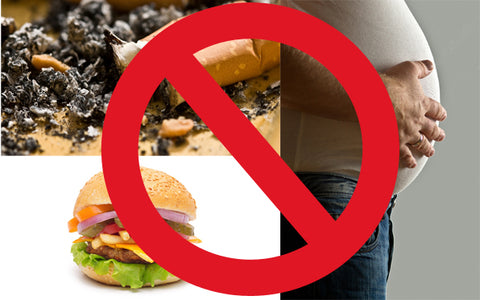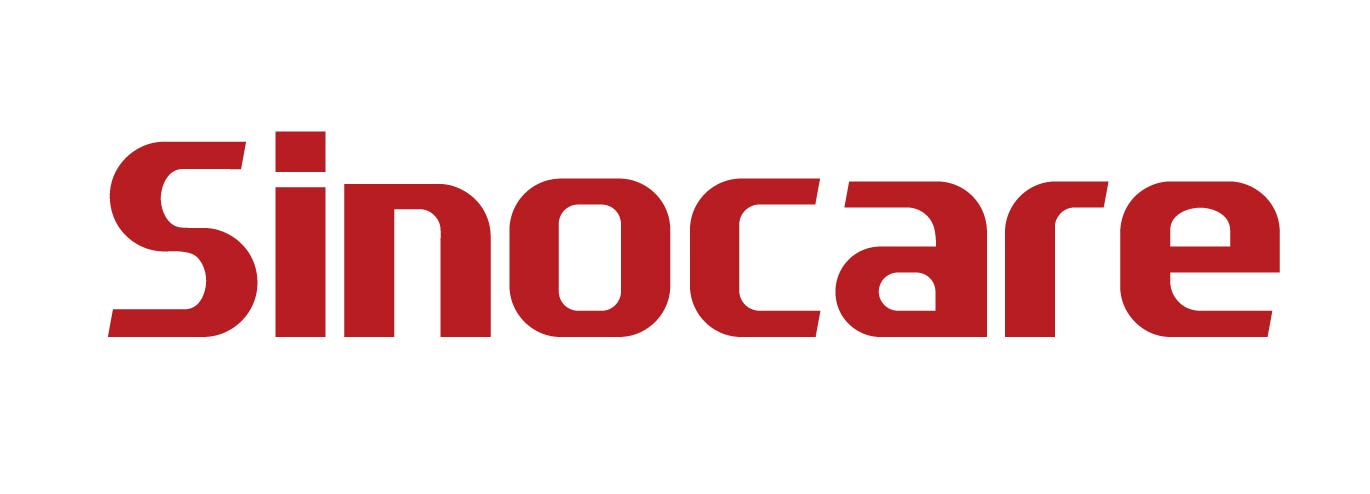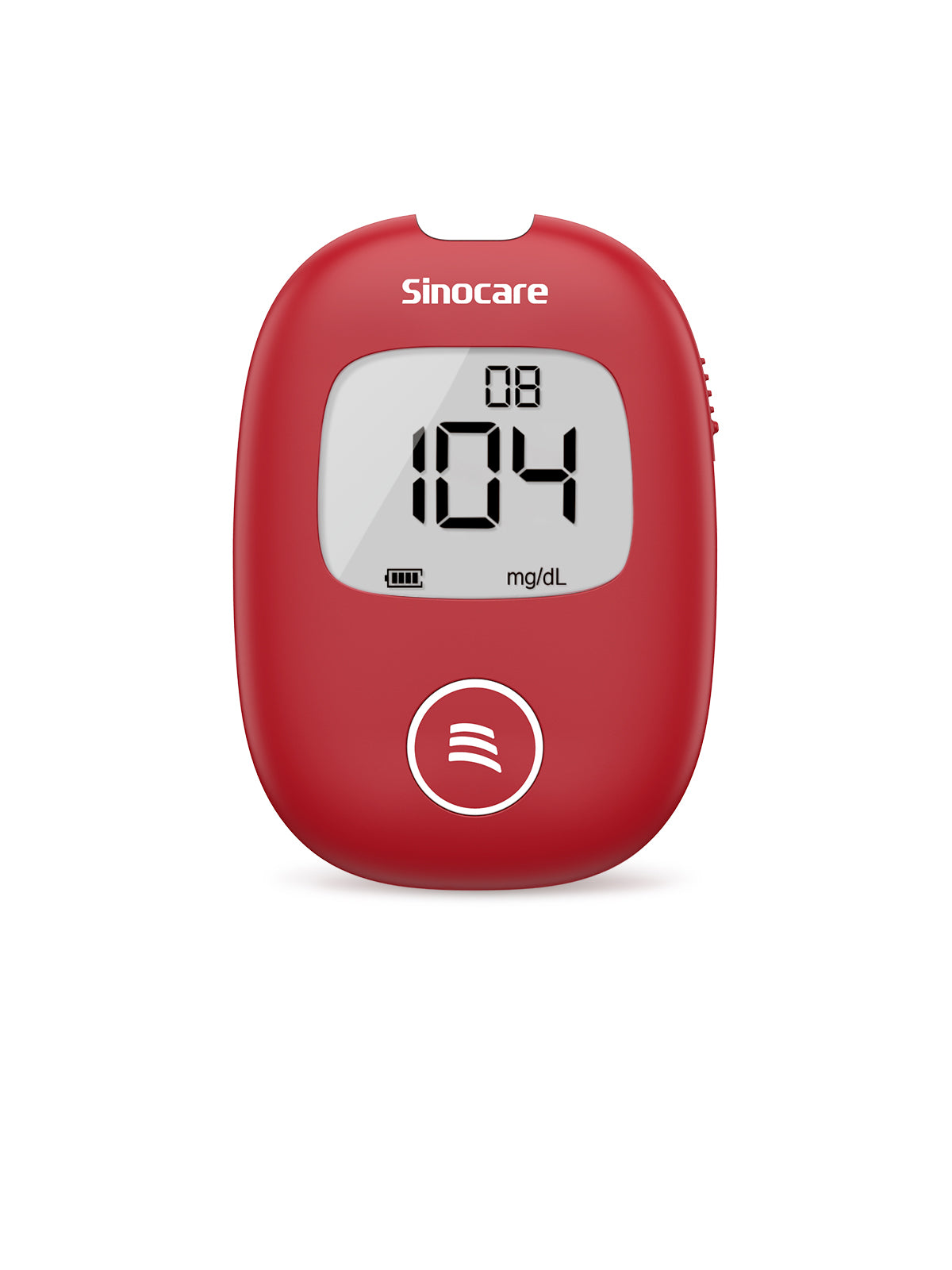Type 1 & Type 2 Diabetes Common:
Diabetes is a group of clinical syndromes with glucose metabolism disorder as the main manifestation caused by genetic and environmental factors. There are mainly two types of diabetes, type 1 and type 2. There are certain differences in the etiology, morbidity, symptoms, disease characteristics, management, and impact of these two types of diabetes. Now I will briefly review these contents.
 World Diabetes States
World Diabetes States
Recommended Blood Sugar Range:
For most healthy individuals, the normal blood glucose level is about 4mmol/L or 72mg/dL.
|
Catories |
Ideal pre-meal blood sugar level |
Ideal blood glucose level two hours after a meal |
|
Healthy People |
4.0-5.9 mmo/L |
<7.8 mmo/L |
|
Type 2 Diabetics |
4-7 mmo/L |
<8.5 mmol/L |
|
Type 1 Diabetics |
4-7 mmol/L |
<9 mmol/L |
|
Type 1 Children's Diabetes |
4-8 mmol/L |
<10 mmol/L |
Causes of the two types of diabetes:
Research shows that the etiology and pathogenesis of type 1 diabetes are related to genetic factors, environmental factors and autoimmune factors. Inheritance plays a role in the pathogenesis of type 1 diabetes. In addition, type 1 diabetes is an autoimmune disease mediated by T lymphocytes and characterized by immune insulitis and selective pancreatic β-cell damage.
Type 2 diabetes is a multi-gene hereditary complex disease formed by the joint action of genetic and environmental factors. Insulin resistance and pancreatic β-cell function defects (insufficient insulin secretion) are the basic characteristics of type 2 diabetes.
|
Type 1 Diabetes |
Type 2 Diabetes |
|
|
Cause |
Decreased insulin secretion & Raise Blood Sugar Level Even Insulin cannot be secreted as Pancreatic P cells are attacked by the autoimmune system. |
Sustained high-sugar dietary intake leads to increased insulin demand, resulting in Insulin resistance. Recipient cells lack sensitivity to insulin, making blood Sugar cannot be processed in time, which leads to increased blood sugar. Continuous vicious circle |
|
Genetic Factors |
Most people with type 1 diabetes need to continue Inherit the genetic risk factors of both parents. |
Compared with type 1 diabetes, type 2 diabetes is related to family history and descent The relationship is closer. |
|
Other Factors |
It is believed to be caused by the autoimmune destruction of P cells. disease Virus infection (such as rubella virus, cytomegalovirus) may Trigger an autoimmune attack. |
It Maybe related to aging, inactive lifestyle, diet, genetic factors and obesity. |
|
Climate Factors |
It may be related to cold weather. type 1 sugar The disease is more common in winter and in cold regions. |
Type 2 diabetes is more common in people with low vitamin D levels. vitamin D helps maintain immune function and insulin sensitivity, because There is more diabetes risk For People who live in higher latitudes in the north. |
|
Diet & Food Factors |
Early diet may also play a role.There are fewer type 1 diabetes in People are breastfeeding and late for the first intake of solid food. |
There will increase the risk with High-sugar and low-fiber diets and diets lacking important nutrients. |

Symptoms and Signs of Two Types of Diabetes:
Continuously elevated blood sugar is associated with a variety of adverse outcomes, including kidney failure, blindness, neurological damage, and increased risk of cardiovascular disease (including heart attack and stroke). Some common symptoms and signs of type 1 diabetes and type 2 diabetes are similar.
Risk & Affect:
|
Typ 1 Diabetes |
Type 2 Diabetes |
|
|
Vigilant Performance |
Polydipsia, polyuria, hunger, extreme weakness and fatigue, nausea, vomiting, irritability |
Polydipsia, polyuria, hunger, extreme weakness and fatigue, nausea, vomiting, irritability, Blurred vision, excessive itching, skin infection, slow wound healing, dry and itchy skin, numbness in the legs and feet. |
|
Weight |
Most of Normal Or Thin |
Most of Overweight |
|
New Disease |
Rapid Onset, usually a few months |
Usually Slowly Onset, Usually a few years |
|
Diabetes Complications |
Diabetic coma or ketoacidosis, high blood pressure, hypoglycemia, diabetic nephropathy, blindness, heart disease, Neuropathy, amputation |
The same with Type 1 |
Diabetes Diagnosed:
Examination and diagnosis of two types of diabetes
Early diagnosis of diabetes is essential for the delay of disease progression. The following tests can be used for the diagnosis of diabetes, including HbA1c measurement, fasting blood glucose (FPG) test and oral glucose tolerance test (OGTT). Another blood test is a random blood glucose (RPG) test, sometimes used to diagnose diabetes during regular health checkups.
|
HbA1C Teaste |
Fasting blood Glucose Monitoring |
Oral glucose tolerance test |
|
|
Health |
about 5 |
<99 |
<139 |
|
Pre-onset |
5.7-6.4 |
100-125 |
140-199 |
|
Middle and late diabetes |
> 6.5 |
>126 |
>200 |
Comparison of examination and diagnosis of type 1 diabetes and type 2 diabetes:
|
Typ1 Diabetes |
Type 2 Diabetes |
|
|
Cause |
Genetic 、Environment、Autoimmune factors, idiopathic, |
Genetics, obesity, lack of physical activity, high/low birth weight, gestational diabetes, poor placental growth, metabolic syndrome |
|
Commonly Affected People |
Children & Young People |
Adult & Older、some race |
|
Prone Race |
All of them |
African American, Latino/Hispanic, Native American, Asian |
|
Incidence |
5% |
95% |
|
Affect age |
Usually 5-25 years old (Any Age) |
Usually Adult |
|
Testing |
HbA1C Testing, random blood glucose, fasting blood glucose, genetic testing (with family history of disease) |
HbA1C Testing, random blood glucose, fasting blood glucose, oral glucose tolerance test |
References:
Diabetes: The Difference Between Type 1 and Type 2 Diabetes.Fri 24 July 2015.Medical.news.today.










1 comment
Luis Fernando Quintanilla Aguilera
Excelente revisión sobre la patología.
Leave a comment
All comments are moderated before being published.
This site is protected by hCaptcha and the hCaptcha Privacy Policy and Terms of Service apply.